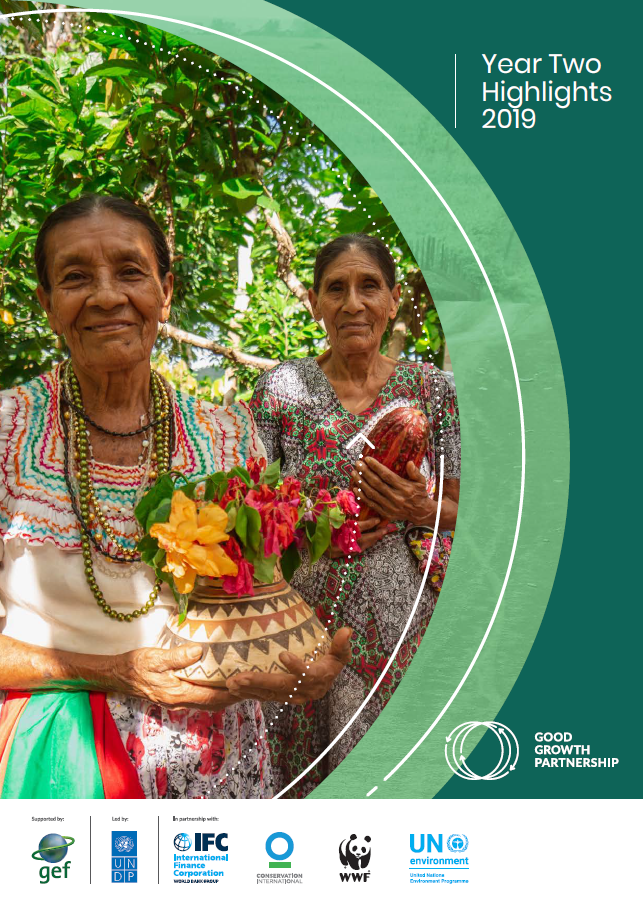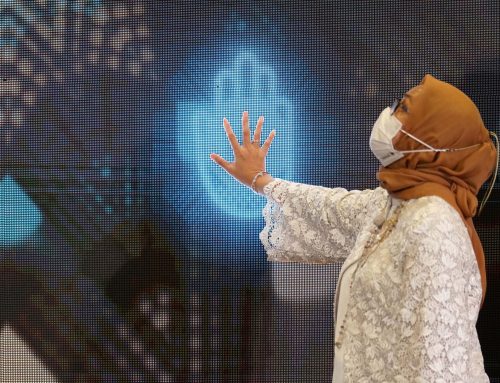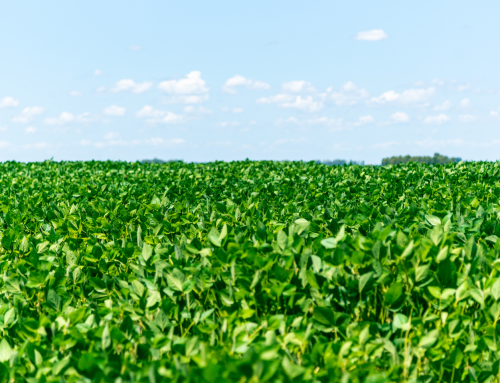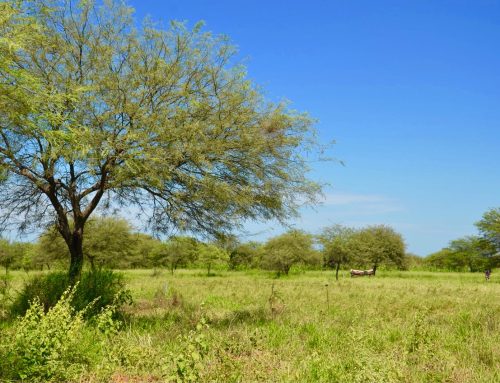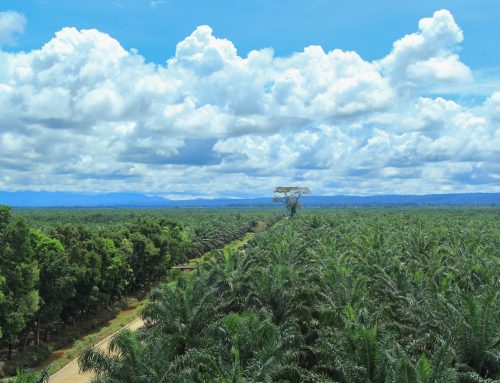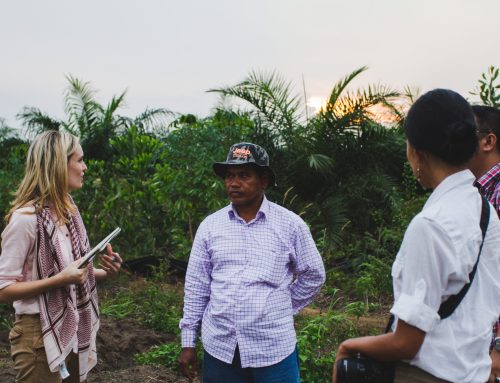By: Andrew Bovarnick
October 15, 2019. As I near 30 years as a development practitioner, I have become increasingly determined to unravel the complex and significant challenges that threaten the sustainability of our planet. In this field of work we often come up against expectations for easy and quick fixes, for results tomorrow. However, when it comes to deforestation in commodity supply chains, I have learned that systemic change is required and this is elusive. The scale of change and depth of inertia is profound. Systemic change requires local understanding, multi-stakeholder collaboration, and a heavy dose of persistence. In fact, going for the quick win can actually be counterproductive to the ultimate goal. It allows everyone to be distracted and take their eyes off the real longer-term challenges at hand. Making real change takes time – it may not appear exciting on a daily basis but what is more inspiring than meaningful change?
The need to recognize complexity and influence systemic change has long been understood by UNDP, GEF and partners. It is why the Good Growth Partnership’s central approach to tackling deforestation pivots on integrating sustainable commodity production, demand and finance solutions.
We are now at the halfway point of the Good Growth Partnership’s implementation phase, so it is important to reflect its progress. Over the past two years, the GEF, UNDP, UN Environment, IFC, Conservation International, WWF and our executing partners have invested a lot of time and thought into dismantling institutional barriers. This has given way to a new culture of collaboration which in itself is a success.
The Partnership has taken its integrated approach to Brazil, Paraguay, Liberia and Indonesia. To date, we have contributed to the establishment of 13 sub-national, and national, government-led multi-stakeholder platforms, which are committed to legalizing and implementing long-term action plans for the production of sustainable palm oil, beef and soy. These plans are not UNDPs or the GEFs, but are owned and driven by the countries and their stakeholders.
In Indonesia, district action plans, supported by WWF and Conservation International, are now aligned with the country’s National Action Plan for Sustainable Palm Oil, led by the Ministry Agriculture, facilitated by UNDP. Once legalized by the President, this national framework will be a landmark achievement for the world’s largest producer of palm oil, and the beginning of a coordinated government-led effort from Jakarta and Sumatra to West Kalimantan and beyond.
Our efforts to convene stakeholders throughout Liberia and West Africa, in Paraguay’s Chaco region and the Brazilian Cerrado are beginning to yield similar results. While there are many actors, perceptions and priorities in these countries, multi-stakeholder dialogue and action planning is enabling greater alignment and understanding.
At a landscape level, the Good Growth Partnership has helped to identify, and is now working to protect more than half-a-million hectares of high conservation value forest. Through technical guidance on policy, effective land use planning, conservation agreements, private sector partnerships and the strengthening of farmer support services
Critically, efforts to harness the demand and influence of commodity traders, buyers, manufactures and the institutions that finance them are making significant headway. In Paraguay, UN Environment initiated a landmark resolution, formally adopted by the Central Bank of Paraguay, which requires all financial institutions to integrate Environmental Social and Governance (ESG) criteria into their decision-making processes. Meanwhile in Asia, the Partnership’s Responsible Demand Project delivered training to nearly 500 stakeholders from over 60 financial institutions who are now adequately equipped to engage portfolio companies on environmental issues. We also held two global level private sector workshops, in Washington, D.C. and Geneva, convening senior thought leaders from finance, manufacturing, trade and retail to strategize on Brazilian soy and Indonesian palm oil.
Worldwide, knowledge and evidence of ‘what works’ is being harnessed and shared throughout the Partnership by UNDP’s Green Commodities Community. This Community is the cohesive glue creating a sense of team and building capacity between on the ground practitioners. In Brazil and Paraguay, new data delivered by Trase is improving supply chain transparency and helping to identify deforestation risks for buyers and financial institutions.
At the Good Growth Conference, which was led by the President of Peru, we made a concerted effort to provide a setting where powerful cross-sector connections could be established. Through experiential learning in the heart of the Amazon, and a guided mediation session delivered by a Buddhist monk, our aim was to build the human connections needed to reduce conflict and inspire real change.
In 2017, we initiated this Partnership believing that the forces of sustainable demand, consumption and investment could contribute to systemic reform and reduce deforestation at the production end of the supply chain. Halfway through the four-year GEF funded Good Growth Partnership, we are seeing evidence that this approach works. The collective progress you will read on the following pages is a testament to how each partner organization has galvanized to become an integrated force for change.
Yet, while our progress is promising, we cannot afford to lose sight of the bigger picture. The forest fires in the Amazon, and beyond, are a reminder of what is at stake. We must continue to collaborate to ensure our impact contributes to the meaningful results needed to truly transform the world’s food and agriculture systems.
Andrew Bovarnick
Global Head of the UNDP’s Green Commodities Programme
Director of the Good Growth Partnership

